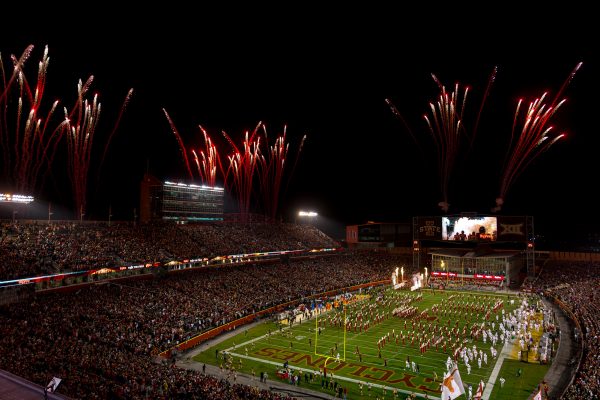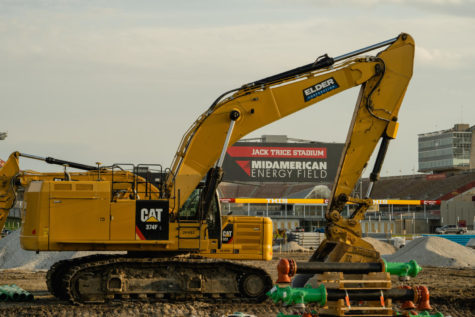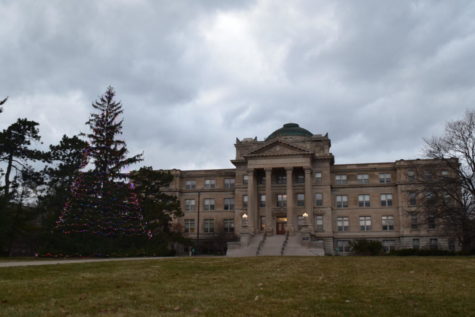Campustown revitalizations encouraged by city
September 9, 2009
Editor’s Note: This story was initially published on March 9, 2009.
Under the Campustown Urban Revitalization program, businesses constructing or renovating buildings in Campustown may be eligible for property tax abatements through the City of Ames. Although the recently adopted requirements for high rises are a part of this plan, there are a variety of other cosmetic, design and use specifications encouraged by the city.
Jeff Benson, planner with the City of Ames, said although the program “absolutely is voluntary,” it has definitely had an effect on the developments in Campustown.
“Probably four or five buildings have taken advantage of it, including Legacy and Cyclone Plaza,” Benson said.
Parking is one area where the plan has been successful, resulting in internal parking ramps being built as a part of several structures.
“We’ve been told several times the developer would not be able to put the parking inside without the tax abatement,” Benson said.
What other building factors are encouraged? According to the most recent revitalization plan for Campustown, to qualify for tax abatement the property must meet a combination of the following criteria:
- Parking – A minimum of 70 percent of the parking required by staff and residents of the building must be provided by the building.
- Underrepresented use – This factor is meant to encourage many different types of businesses to set up shop, “for example, a grocery store — there aren’t any grocery stores in Campustown,” Benson said.
- Mixed use – First and sometimes second floors must be designated as commercial space, floors above must be used for household living.
- Design standards – The plan encourages the use of brick materials and appropriate and unobtrusive signs. Benson said he wasn’t sure developers would have used as much brick in their facades without the program.
- Slum and blighted – Redevelopment of a property that has been determined to be substantially unsafe.
- Preserving the original – Preservation of a building built before 1941, the property’s historical designs and materials, and at least 70 percent of the exterior structure must remain.












